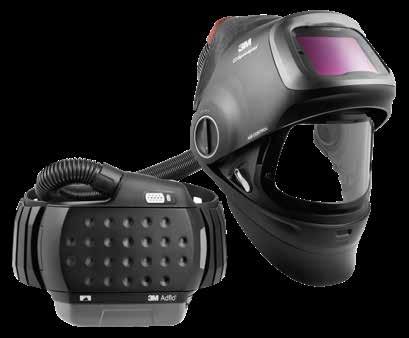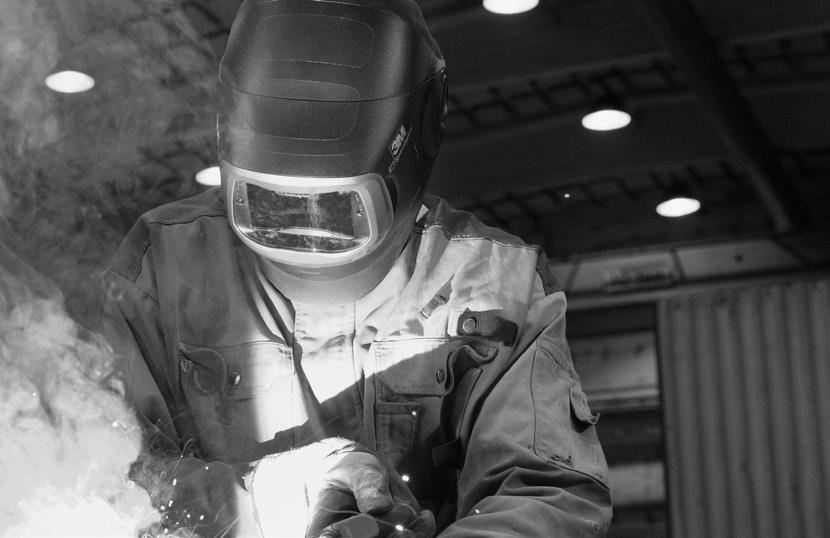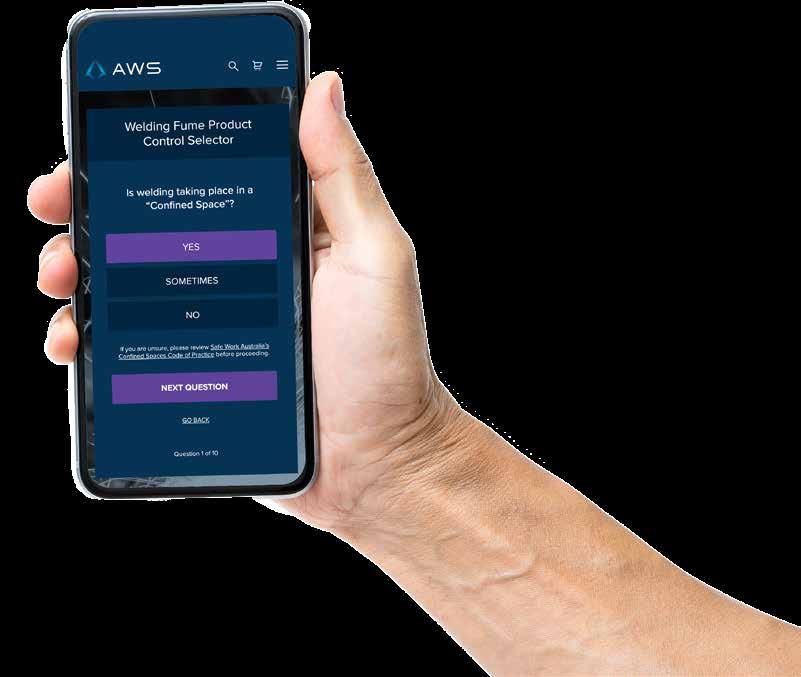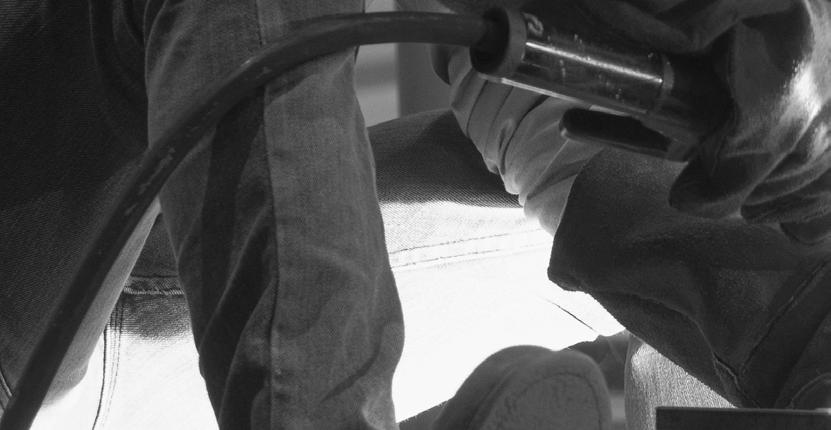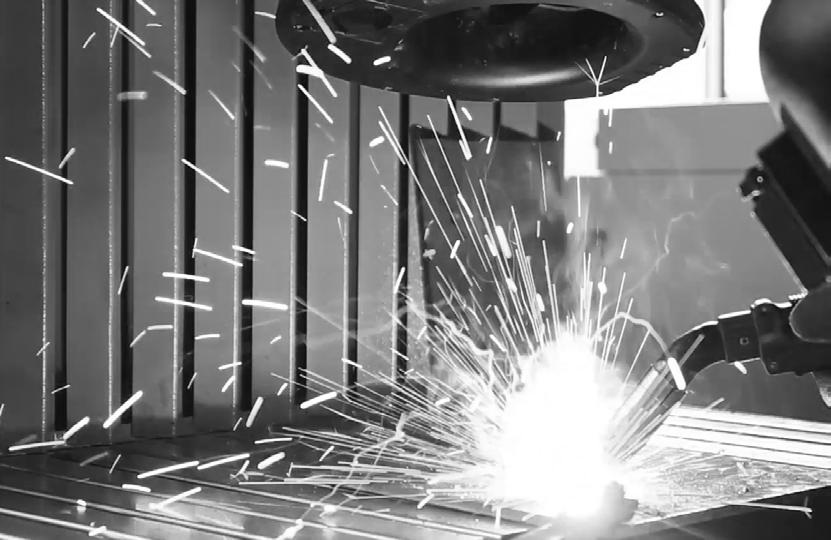
1 minute read
Administrative Controls
Procedural controls must be introduced to support product-based controls.
Training and product maintenance
Advertisement
As an employer, once you have selected the appropriate PPE, ‘you must provide the worker with information, training and instruction in the proper use and wearing of PPE’4. Proper guidance should be given on the storage of equipment and care and maintenance guidelines should be clear and followed.
For LEV systems, you must implement a maintenance and test regime to ensure proper operation.
Ensure you select suppliers who can not only provide equipment, but also administer the required training and support. Also, ensure all required spare parts are readily available and stocked.
Working area considerations
• Minimise work conducted in confined spaces.
• Introduce a dedicated area for welding.
• Control access to the working area.
Who is responsible?
A ‘Person Conducting a Business or Undertaking’ (employer) must ensure that no person at the workplace is exposed to welding fume in an airborne concentration that exceeds the exposure standards. This includes total welding fume concentrations as well as individual fume components.
However, exposure standards should not be considered as representing an acceptable level of exposure to workers. Exposure standards simply establish a legal maximum upper limit. Therefore, additionally, employers must also reduce exposure to welding fume to as low as reasonably practicable to protect workers and others in the workplace.
The information within this practical guide to welding fume control can be used to help businesses fulfill their legal responsibility as it relates to:
• Not exceeding welding fume exposure standards.
• Reducing welding fume exposure to as low as reasonably practicable.
If employers are unsure whether the welding fume exposure at their workplace exceeds the relevant exposure standard, OH&S regulations require that they must ensure air monitoring is carried out.

Under both the Australian Work, Health and Safety Laws and the New Zealand Health and Safety at Work Regulations, the employer is financially responsible for providing PPE to workers and must not charge anyone for using PPE.
When selecting suitable PPE, the employer, where reasonable, should consult with the welders. A welder’s knowledge, experience and personal preferences improve the overall decision-making process. As someone who is directly affected by welding hazards, a welder is entitled to take part in the consultation process and selection of suitable PPE. Personal preferences are the key to user acceptance – so look for gear that welders feel comfortable wearing.
As a welder, you should aim to educate yourself on the risks, understand the appropriate PPE available and look to involve yourself in the consultation process and ultimate selection of suitable product controls.


